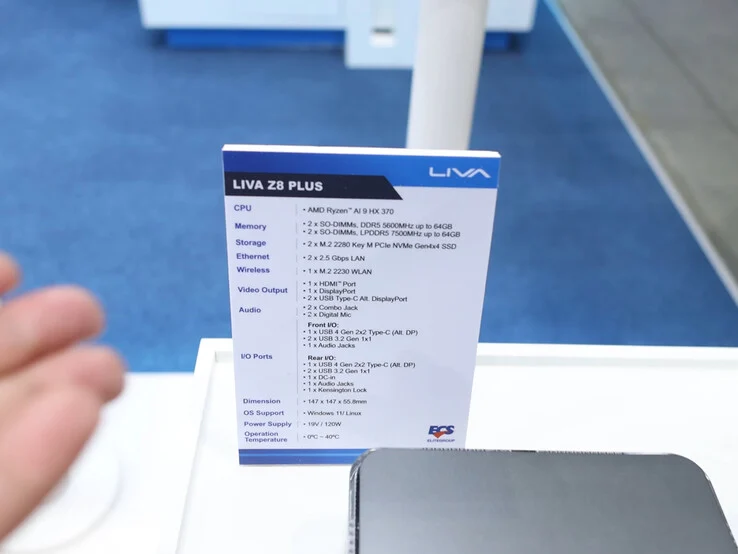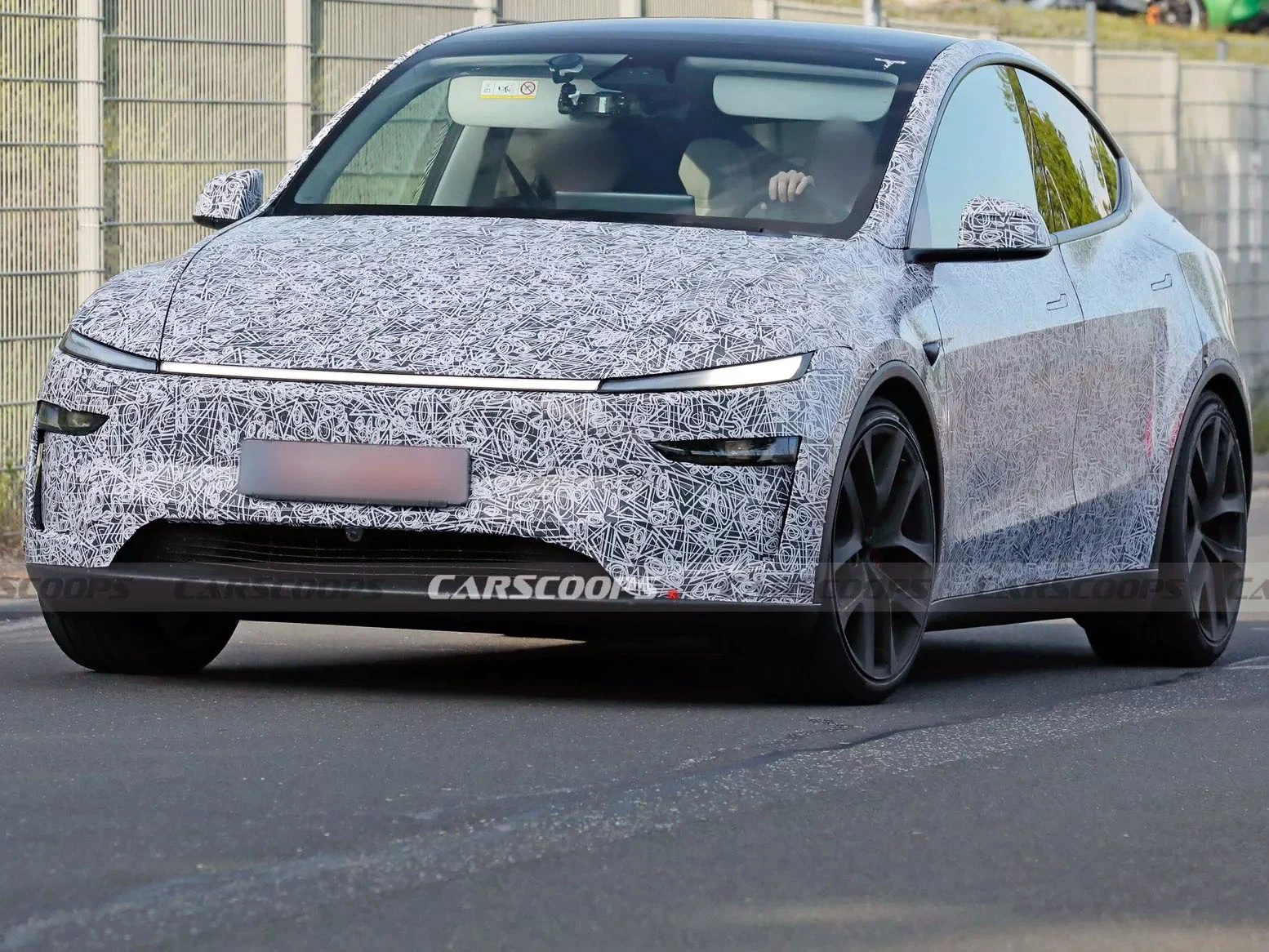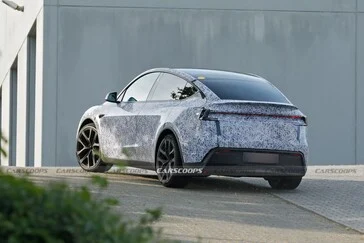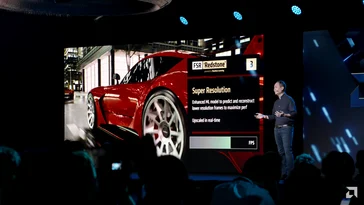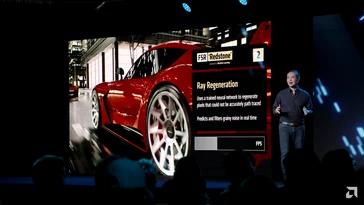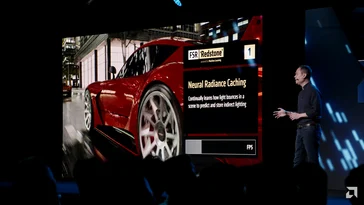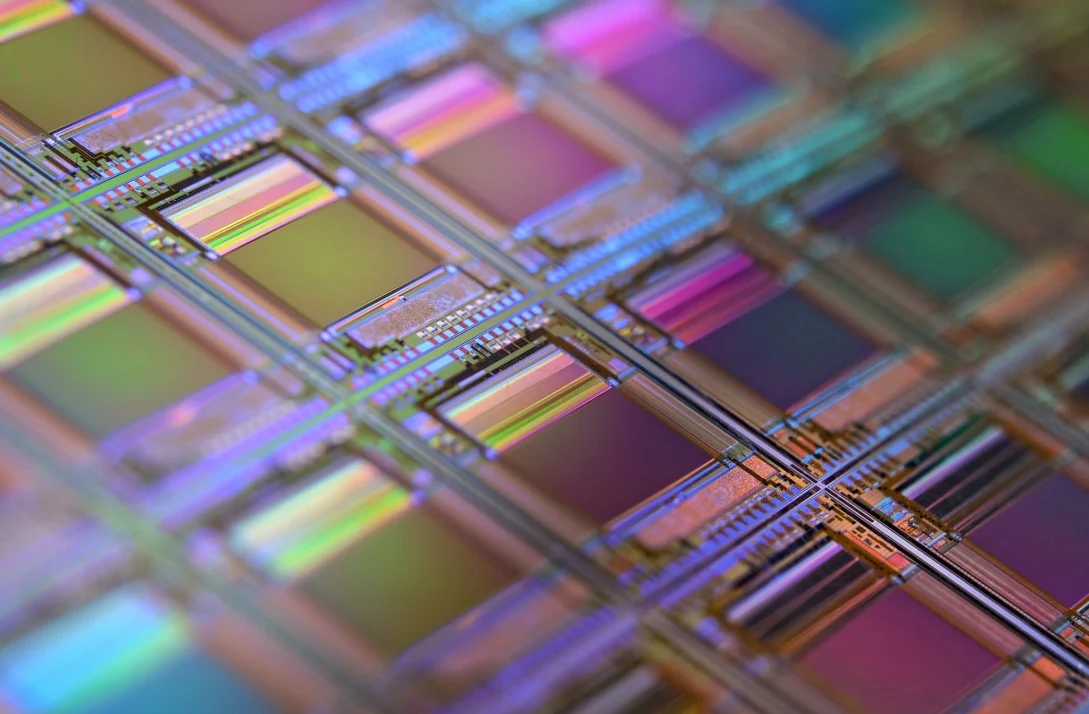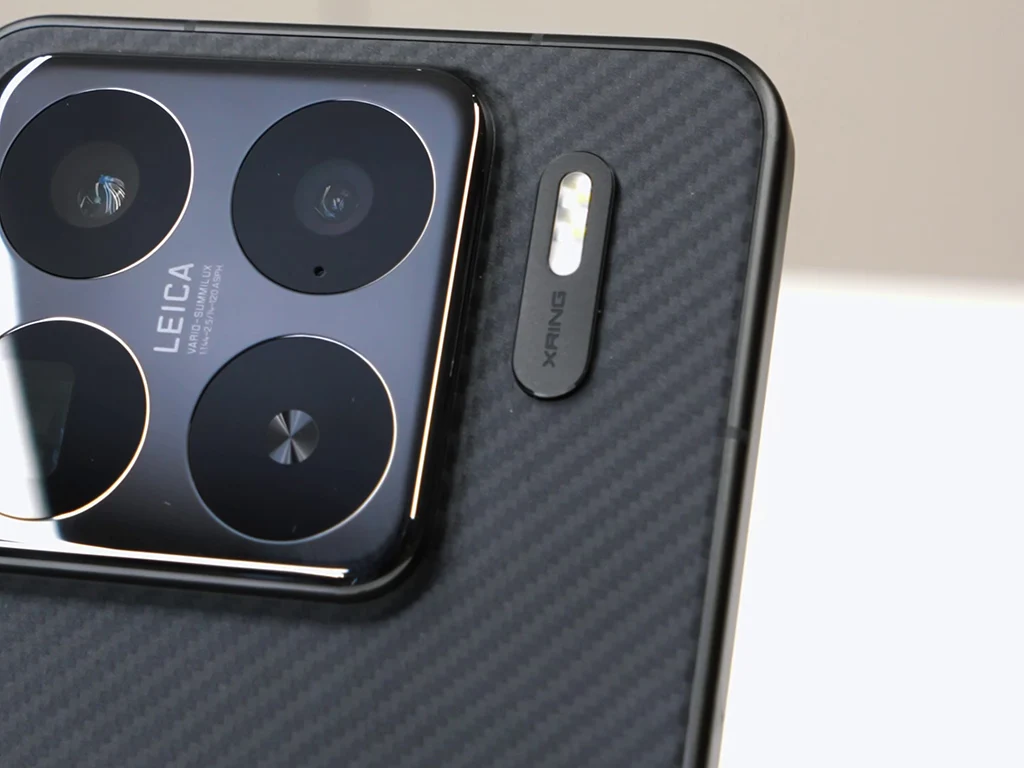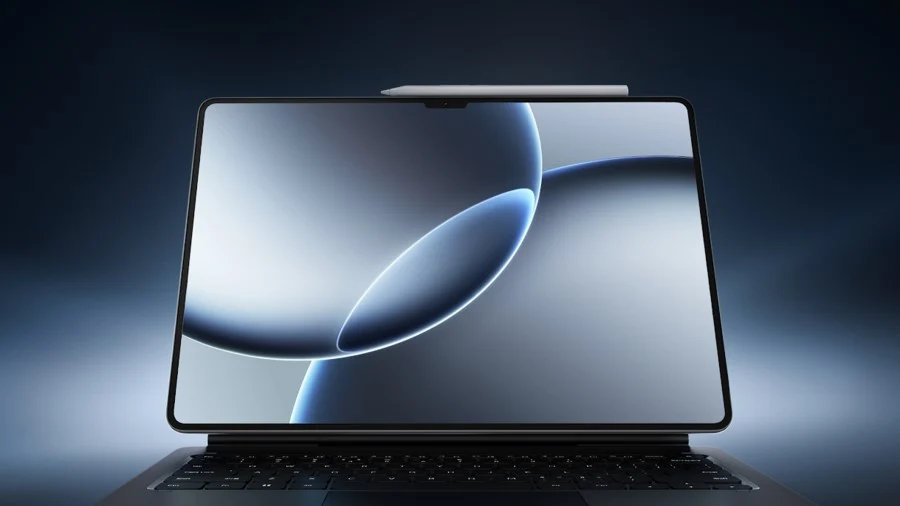Key Takeaways
1. AMD’s FSR 4 and FSR Redstone significantly improve image quality, competing closely with Nvidia’s DLSS.
2. FSR Redstone integrates three technologies: Frame Generation, Ray Regeneration, and Neural Radiance Caching (NRC) to enhance graphics performance.
3. Neural Radiance Caching predicts indirect lighting behavior, improving efficiency and performance in path tracing tasks.
4. Ray Regeneration uses machine learning to enhance ray tracing quality and speed, serving as AMD’s answer to Nvidia’s DLSS 3.5 Ray Reconstruction.
5. FSR Redstone will launch in late 2025, exclusively for RDNA 4 GPUs, leaving older Radeon cards without access to this technology.
Ever since the first generation of DLSS was launched, AMD has been in a race to keep up with Nvidia. Now, it seems that Team Red is making significant strides. With the introduction of FSR 4, AMD has achieved impressive improvements in image quality, and the output from FSR now competes directly with DLSS. At Computex 2025, AMD unveiled the new FSR Redstone, which further narrows the gap between FSR and DLSS features.
A Blend of Technologies
FSR Redstone combines three primary technologies:
AMD has already incorporated Frame Generation into FSR, but with the addition of Ray Regeneration and Neural Radiance Caching, Team Red is getting closer to matching the software features Nvidia provides on its RTX GeForce GPUs. For example, in January 2025, Nvidia launched its RTX Neural Radiance Cache to accelerate and enhance demanding techniques like full Path Tracing.
Understanding Neural Radiance Caching
Neural Radiance Caching (NRC) is designed to enhance indirect lighting efficiency. AMD asserts that NRC learns the behavior of indirect light bounces and, from these initial assessments, predicts additional bounces, storing this data. As a result, the hardware can avoid excessive workload when calculating indirect lighting for rays in a path tracing context, leading to significantly better performance.
Path tracing, while delivering breathtaking visuals, is extremely resource-intensive. For instance, even the top-tier GPU, the RTX 5090, struggles to run games such as Cyberpunk 2077 smoothly at full Path tracing settings. However, by utilizing techniques like NRC, both AMD and Nvidia GPUs can achieve playable frame rates without sacrificing image and lighting quality.
Enhancements in Ray Tracing
FSR Redstone’s Ray Regeneration aims to boost both the speed and quality of ray tracing. This method serves as AMD’s response to Nvidia’s DLSS 3.5 Ray Reconstruction. Ray Regeneration replaces conventional hand-drawn denoisers with machine learning to denoise ray-traced pixels. This approach not only enhances the quality of ray/path-traced scenes but also improves performance, as traditional denoisers can be quite demanding.
Similar to NRC, AMD hasn’t released many technical specifics about Ray Regeneration. However, if you’re curious about how Ray Regeneration functions, Nvidia has a video that explains DLSS 3.5 Ray Reconstruction. While the differences between Ray Regeneration and Ray Reconstruction remain unclear, the fundamental principles behind both methods are likely analogous.
Exploring Quality and Performance
If you’re interested in witnessing the impact of these machine-learning enhanced ray tracing technologies, Digital Foundry has a solid video on the topic (linked below).
In addition to NRC and Ray Regeneration, AMD FSR Redstone introduces new Frame Generation powered by a fresh machine learning model. This model utilizes both spatial and temporal frame data to create new “fake” frames. Notably, AMD hasn’t clarified whether the new FSR Redstone Frame Generation supports Multi-Frame Generation (MFG), as seen in the existing versions of DLSS.
Availability for Gamers
FSR Redstone is set to launch in titles during the second half of 2025, but it will only be compatible with RDNA 4 GPUs. Gamers who own or can acquire the RX 9070/XT or RX 9060 XT will benefit from improved and quicker ray tracing. Unfortunately, Radeon gamers still using older generation cards will not have access to FSR Redstone, likely due to the slower AI performance of those GPUs.
Source:
Link
